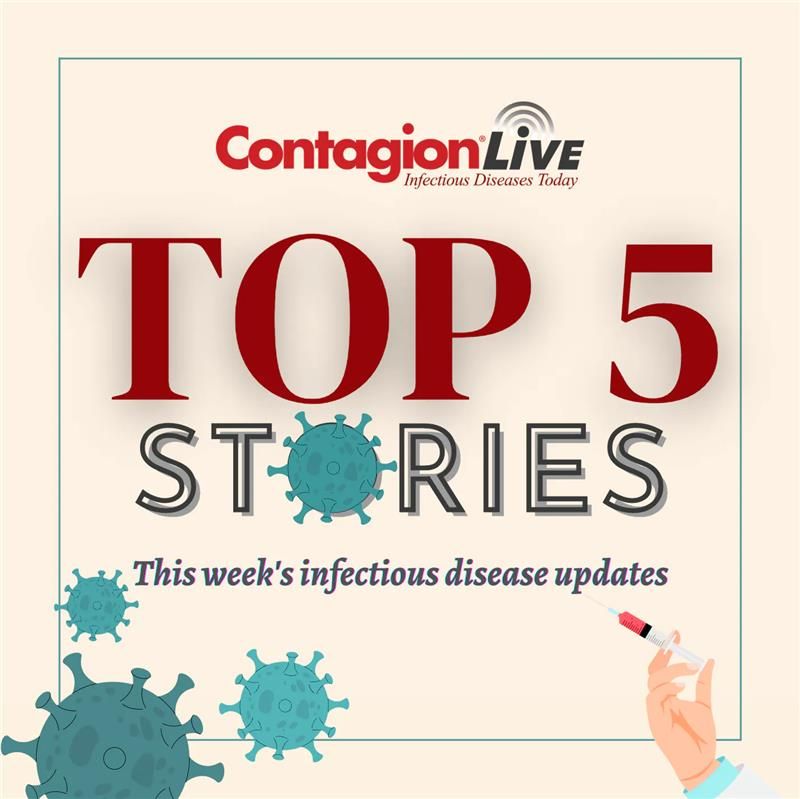Mark L. Metersky, MD, FCCP, FACP
Professor of Medicine
Image credit: Uconn Health

A new cohort study published in JAMA Network Open found that higher hospital COVID-19 burden is linked to increased rates of in-hospital adverse events (AEs) in COVID-19-positive and COVID-19-negative patients. Led by Mark L. Metersky, MD, FCCP, FACP, the study analyzed over 40,000 Medicare patient admissions across U.S. hospitals from September 2020 to June 2022, bringing awareness on how hospital strain during the COVID-19 pandemic impacted patient safety.
The study analyzed the impact of hospital-specific COVID-19 burden on the frequency of AEs, including medication errors, infections, and patient falls. Hospitals with the highest COVID-19 burden reported 97.4 AEs per 1,000 admissions, compared to 59.1 AEs per 1,000 admissions in hospitals with the lowest burden. The relative risk for AEs was 1.23 times higher for all patients during high COVID-19 burden weeks compared to low burden weeks, with positive and negative patients showing similar trends.
The study used data from the Agency for Healthcare Research and Quality’s Quality and Safety Review System, tracking AEs in Medicare patients at acute care hospitals, with risk adjustments for patient characteristics, hospital factors, and COVID-19 burden.
In an exclusive online interview with Mersky, we discussed the following questions:
Contagion: Based on the observed link between higher hospital COVID-19 burden and increased rates of AEs, what are the key areas of hospital operations that need to be strengthened to reduce these risks during future surges, particularly during infectious disease outbreaks?
Mersky: “An excellent question, and of course, our study doesn’t address it. But from my experience as an ICU doc/Director and Division Chief, I think it would have to be multi-pronged. It would be easy (but probably wrong) to task the hospital quality staff with this, but it is the front-line doctors, nursing staff, etc. that were overworked and therefore at-risk for lapses in quality. There are no easy answers to how to deal with surges in demand. Protocolizing certain aspects of care related to quality would be of benefit, so overworked nurses and doctors wouldn’t have to remember to remove central lines, bladder catheters, etc. Having a plan to quickly decrease non-critical admissions would help mitigate the surge. It remains to be seen whether employing clinical staff in non-traditional ways would be of benefit. For example, during the pandemic, our rheumatologists volunteered to help out on the floors. Certainly, it was great to have more bodies helping out, but this isn’t their skill set. Did it help or hurt quality? We don’t know.”
Contagion: How do you think these findings might impact future pandemic preparedness strategies, particularly regarding infection control protocols and hospital staffing during periods of high patient volume?
Mersky: “I don’t think there is a clearcut answer. Those facilities with the highest COVID-19 burden likely also had high rates of community infection/transmission resulting in high rates of staff illness and shortages. I suspect that the challenge is maintaining surge capacity and resiliency in the healthcare system in the setting of crisis. Facilities should consider how to maintain flexibility in staffing in the setting of a pandemic or crisis – some ideas have included reducing administrative barriers to workforce mobility and staff deployment to areas in need, emergency credentialing processes and coordination of the workforce supply. But there is no clear answer, and I think addressing this challenge would warrant effort on the national, potentially global scale.”
Contagion: Your study found that both COVID-19 patients and non-COVID-19 patients experienced increased AEs during high-burden periods, do you think this reflects a broader systemic issue within hospitals, or are the adverse events more directly linked to the strain caused by COVID-19 specifically?
Mersky: “I think our data show that it was almost surely the strain related to the level of COVID-19 that the hospitals were dealing with.”
What You Need To Know
Effective surge management involves standardizing care protocols, reducing non-critical admissions, and optimizing resources.
Future preparedness should focus on flexible staffing, workforce mobility, and coordination during crises.
Increased adverse events during peak COVID-19 periods were primarily due to hospital strain, including staffing shortages.
The findings highlight the impact of increased hospital workload and staffing challenges during surges in COVID-19 cases on patient safety. The study points to the need for hospitals to build resilience and surge capacity to minimize the risk of adverse events during future healthcare crises, including pandemics and natural disasters. Greater attention to hospital preparedness and resource allocation is necessary to maintain quality care during periods of high demand.
The study’s results suggest that while COVID-19 directly affects hospitalized patients, the broader hospital system strain also negatively impacts care for non-COVID patients. The increased risk of AEs calls for strategies to ensure patient safety and care effectiveness during times of crisis.








